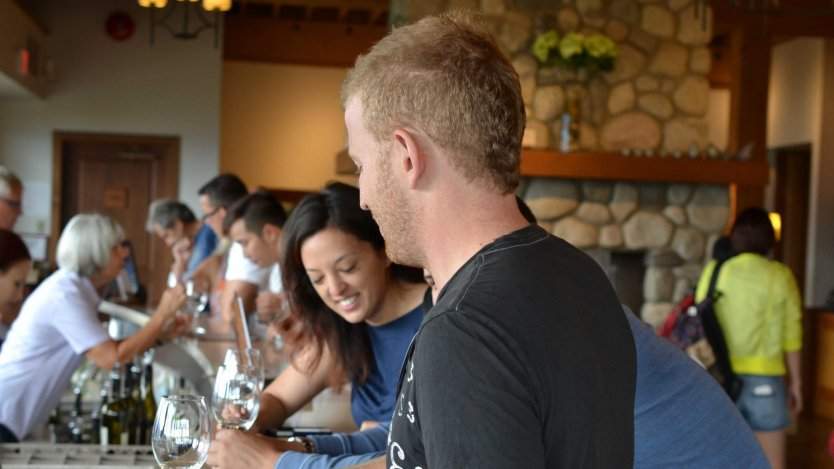We eat when we’re hungry, and we want good food and good people to share it with. But in between feeling the urge to eat and recounting the meal, a lot goes on in our heads. From decisions on where to eat and opinions on the quality of the food to how we define our dining experience and convince others of our perspective, we touch upon a robust set of psychological principles. Let’s explore some of the social nuances that underlie our experiences when we dine out.
Cognitive Dissonance
Let’s say you are a vegetarian and you join your friends at a burger joint, where you give into the temptation of a burger with a thick, smoky, juicy patty. You might experience what is called “cognitive dissonance”: the feeling in your gut when your attitudes and behaviours don’t jibe; the discomfort of being a hypocrite.
You have a few options to reduce this dissonance:
- You could simply change the behaviour by stopping yourself.
- Change your attitude and decide to quit being a vegetarian.
- Make up some sort of excuse to validate what you are doing, like: “I never eat meat so I am treating myself this one time and then I am back on the vegetarian bandwagon.”
The last option is the most common way for people to reduce cognitive dissonance because, frankly, it is the easiest. If you want to justify behaviours that your mind is telling you are wrong, you just have to alter the way you choose to interpret these behaviours.
The same principle applies to how you define a dining experience. When you go out to eat, you can expect one of two things: the food is going to be good or the food is going to be bad. The experience that you actually have may or may not be consistent with your preconceptions. Restaurants that you had zero positive expectations for can end up giving you an awesome experience.
Logically, you would change your perspective on the restaurant itself and come to realize that maybe it’s not so bad after all. But, this doesn’t always happen. More often than not, the people defend their preconceived notion to death. Have you ever dined with someone who refuses to admit that the food is actually good? You had to drag them there to begin with, and while the rest of the table is enjoying their meal, this one person has to criticize every aspect of each dish.
Why do they do this? Well, the more stubborn you are, the less willing you are to change your attitude or behaviour. Thus, in order to keep things consistent and reduce dissonance, making up excuses is the only way to go.
Keep in mind that it can work in the opposite way as well. You can take your friends out to dinner at one of your favourite restaurants and have an awful experience. It is likely that your friends won’t have an issue stating that the food was bad because they have no emotional commitment to it. But, you love this place and it let you down. You are not just going to forfeit that it is a crap restaurant when it is a place that you support. Rather, you are likely to convince yourself that the food was a lot better than it actually was or come up with excuses for why the kitchen might have had a bad service.
In any of these cases, you are prone to convincing your dining companions that your opinion is the right opinion.
Routes to Persuasion
We humans have a general need to be accepted by our peers. We don’t want to be the odd one out, so if you hate a meal that everyone else likes (or vice versa), you are probably going to take steps to get them on your side. There are two routes to persuasion to going about this.
The first is the peripheral route. This is when you persuade others with superficial arguments and personal factors such as the credibility, likeability or attractiveness. Given that you with friends or family, you would hope that they like you at least a little bit. So at least you have that going for you.
The other route to persuasion is the central route. As it sounds, this is when you emphasize the validity of the argument itself. You don’t disguise it with a whole bunch of bells and whistles; you state the facts as they are.
Whereas the peripheral route gets at your emotions, central route emphasizes thought and logic. Eating is one of the most emotionally involved activities there is. No one knows this better than food advertisers. The Werther’s Original commercial of the woman picturing a younger version of herself watching the master chocolatiers at work, ads of fast food chains sexing up their product — these are classic examples of peripheral persuasion. When you take a step back and look at it objectively, you realize just how ridiculous it is. But in that moment, watching the ads, your focus is on the image that the food promotes. If you eat the food, the image it is associated with becomes part of your identity and people are going to like you more for it.
Either way, food is totally subjective, so appealing to emotions has a definite edge over logic. What you taste is completely different from what someone else tastes, even if you are eating the same dish. Maybe the best course of action is just let the food do the talking, one-on-one.













